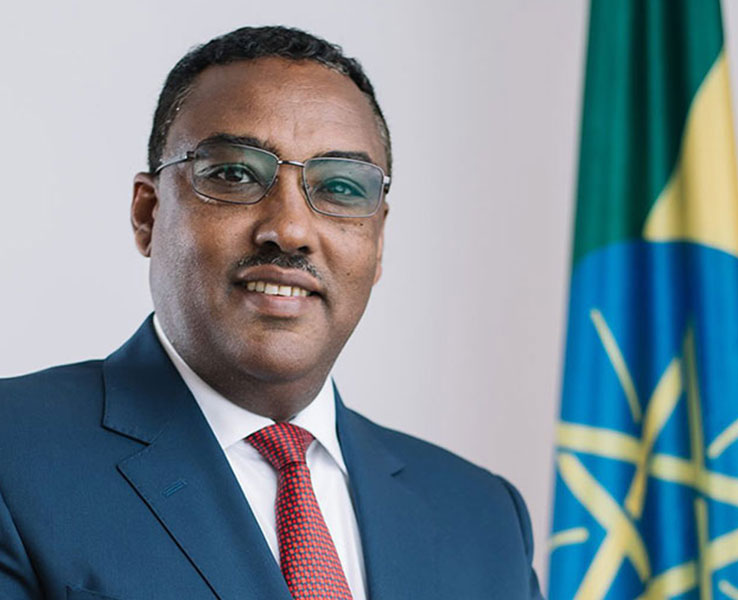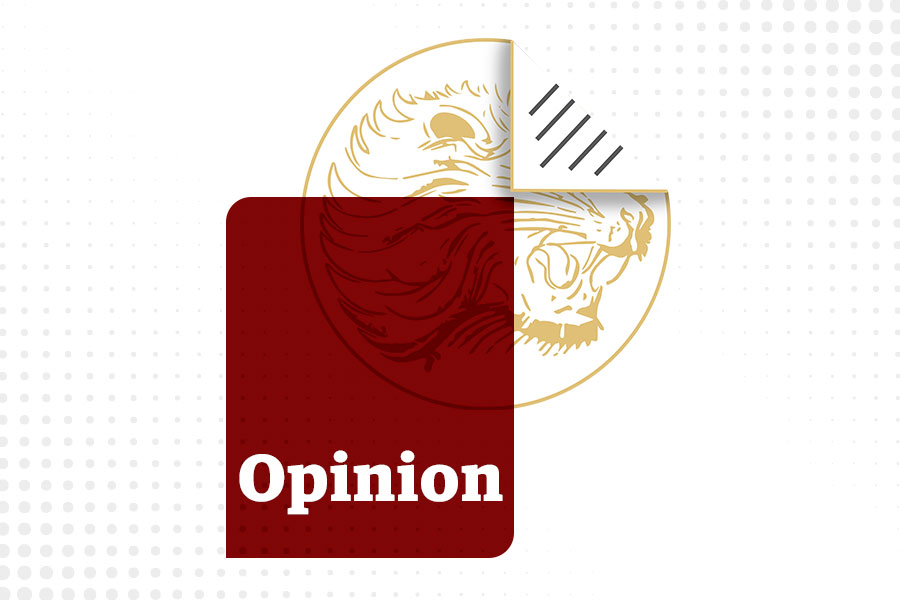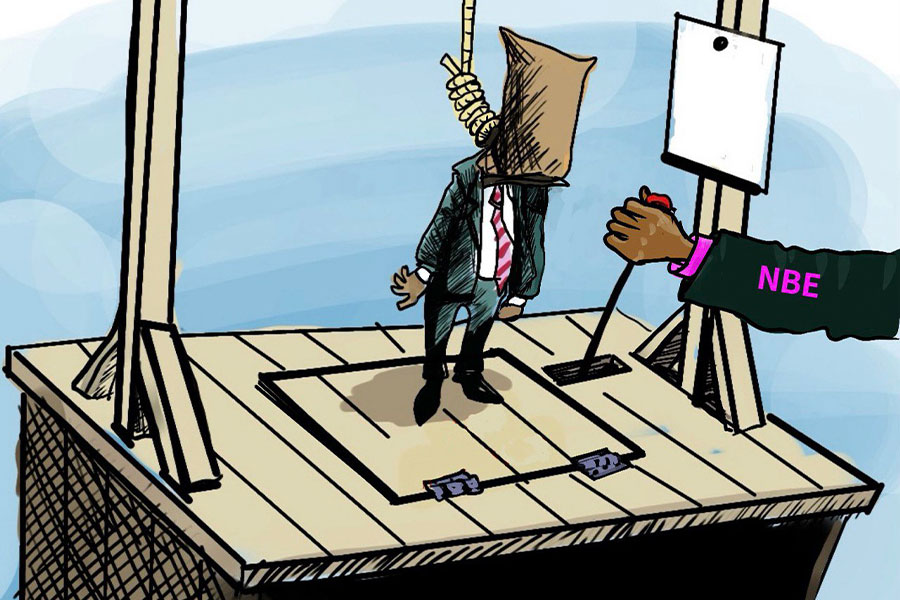
Photo Gallery | 180559 Views | May 06,2019
Nov 2 , 2025. By YITBAREK GETACHEW ( FORTUNE STAFF WRITER )
Berhan Bank has shelved plans for a 50-story landmark in the Mexico Square area. Instead, the Bank will construct a 16-story transitional headquarters on Tesema Aba Kemaw Street,near Goma Kuteba, at a projected cost of 1.2 billion Br. The design is budgeted at 5.1 million Br, and the entire project is expected to take two years to complete, funded from the Bank’s existing 8.5 billion Br capital.
Berhan Bank has chosen a different route in its pursuit of a new headquarters, opting for a transitional building instead of constructing a grand and permanent home.
The decision, backed by the Bank’s shareholders, was made after months of deliberation and years of delays that have left some shareholders frustrated and sceptical about the Bank’s ability to execute long-term plans.
Executives at Berhan Bank maintain that the time is not right to break ground on a sprawling head office, a project they say would strain current resources and divert attention from the more pressing priority of boosting capital to meet regulatory demands.
“We'll begin construction after completing the transition headquarters and obtaining some relief,” said Biniyam Mesfin, chief estate management & marketing officer of the Bank. “Once the relocation is finalised, we'll focus entirely on the main headquarters.”
The transition headquarters is to be built on Tesema Aba Kemaw St., near Goma Kuteba in the Mexico Square area, where the Bank leased two plots of land. Berhan Bank acquired the 5,400Sqm plot in November 2021 under a lease agreement with the Addis Ababa City Cabinet, for 107 million Br, with 20pc of that sum advanced. Berhan Bank’s plan for the site, a 50-story skyscraper with a projected cost of 12 billion Br, remains, but executives now estimate that construction would take up to 10 years to complete.
Bank officials have argued that constructing a large and permanent headquarters is unnecessary at this stage. They insist that bolstering the capital base and meeting standards set by the National Bank of Ethiopia (NBE) is a priority, a view not shared by all. Several shareholders believe it would be more prudent to initiate construction on the main project and complete it in stages, leveraging existing resources while maintaining the long-term vision.
For them, the headquarters serves not only as a physical hub, but also as a marker of the Bank’s stature and intent. For now, however, Berhan Bank’s focus is elsewhere.
The new building, a 16-story structure, is projected to cost around 1.2 billion Br and will be funded from the Bank’s existing capital of 8.5 billion Br. The design alone is budgeted at 5.1 million Br. Executives say the project, once underway, will take two years to complete.
The need for a new home is not in dispute. The Bank’s headquarters staff is scattered across four rented locations in Bole District, two in TK buildings, one Snap Plaza, and another in the Tsehay Insurance Building on Cameroon St., near Bole Brass. The annual rent for these spaces totals 73.8 million Br. The President’s Office, IPD, and Loan Department are located in one of the TK buildings, while other key teams are based in separate facilities. According to Biniam, this setup has undermined the Bank’s ability to provide quality service.
Yared Aguade, deputy chief estate management officer, noted the Bank’s difficulties in starting construction on the new site. The land, measuring 2,295Sqm near Tikur Anbessa Hospital, on Yared St., was acquired for 120 million Br, but lengthy design and planning revisions undermined progress.
“There were many problems that caused delays,” Yared said.
The plan now is to construct the transitional headquarters on a land the Bank already leases, since, in his words, “the current conditions are not sufficient to construct the main headquarters.”
Biniam disclosed that while the initial intention was to start on the main building, market conditions and regulatory requirements had forced a rethink.
“Operational efficiency isn't satisfactory at this time,” Biniyam told Fortune. “Right now, our focus must be on raising capital and completing the transitional building, not the main headquarters.”
At the Bank’s recent annual general meeting, held at the Millennium Hall on Africa Avenue, some shareholders voiced their support for the Board’s pragmatic approach, acknowledging that the transitional headquarters would enable operational efficiency and capital conservation. Others, like Ashenafi Shimeles, made their dissatisfaction apparent.
“We’ve discussed this design delay more than 15 times,” Ashenafi said, voicing his disappointment over the drawn-out process.
He called the project a crucial indicator of the Bank’s performance and criticised the lack of transparency, saying shareholders found it difficult to access information from management.
As Berhan Bank, first incorporated in 2009 with 300 million Br capital raised from 3,000 founding shareholders, edges closer to this next phase, its senior executives insisted that the transitional facility will be used solely for the bank’s operations, a move designed to cut costs and streamline workflow.
“It’s about minimising expenses and working within a limited budget and timeframe,” said Biniyam.
Both Biniyam and Yared conceded that a lack of consistent leadership in recent years had impeded progress at the headquarters.
“There was no leadership to sustain progress and ensure that projects were completed on time,” Biniyam said, voicing concern that the Bank might be unable to see the main project through if it were to start now.
The Board of Directors, under the chairmanship of Eligo Legesse, hopes that building the transitional headquarters will enable Berhan Bank to enhance its operations and ultimately pave the way for the construction of its permanent headquarters.
The transitional headquarters is not without its own issues, however. Its senior executives attributed delays in obtaining design approvals from the authorities and possible increases in construction costs to a higher-than-planned budget. According to Biniyam, challenges such as parking and elevator capacity in the new building should also be addressed, but he stated that service and operational excellence “aren't only about money."
"That’s what we are trying to achieve through the transitional headquarters,” he told Fortune.
Shareholders have continued to press the Board for action and for answers. Ashenafi, one of the 18,000 current shareholders but has long voiced his frustration, called for a more open line of communication.
“We need clear information about everything,” he said.
Biniyam admitted that shareholder concerns were “both reasonable and valid.” The Board, he disclosed, has now determined that building a transitional headquarters is the best option given the Bank’s current capacity.
However, the bank’s plans have attracted outside attention. Representatives from the National Bank of Ethiopia (NBE) and the Federal Documents & Authentication Services (FDAS) attended the recent meeting. Ashenafi voiced his concerns pressing for explanations of past delays and for assurances that action would be taken.
“We're too late,” Ashenafi echoed concerns during the assembly.
External experts have also weighed in on Berhan Bank’s approach.
For Worku Lemma, a long-time hand in the financial sector, the scramble among banks to put up skyscrapers often defies business logic, particularly given the low returns on such fixed-asset investments.
“It might look profitable, but without a functioning main headquarters, the long-term benefits are limited,” he said, cautioning banks to direct resources to productive lending activities, rather than tying up resources in bricks and mortar. “Their primary goal is to raise money and lend it out, not to tie up resources in non-productive assets.”
Melese Mekasha (PhD), a shareholder, agreed with the need for caution. While he acknowledged the Bank’s progress under the new board, he questioned the wisdom of constructing two buildings. He urged the Bank to focus on long-term sustainability rather than incurring high costs over time.
“I believe it's better to incur large expenses at once, especially when we consider our past performance,” he said. “Risk management must be carefully calculated so that it doesn't negatively affect the Bank.”
Melese was open about his displeasure with the Bank’s earlier years, noting that years without profit should remind the Board of the importance of building for the future, not only the present. He also insisted that the decision to build a transitional headquarters should be explained more clearly.
The Board of Directors has tried to reassure investors. Eligo informed shareholders that the Bank could not undertake major construction projects that exceeded its financial capabilities.
“If we've a construction project, it must be based on the resources we have,” he said, recalling last year’s efforts to recover and refocus the Bank’s priorities. “The transitional headquarters is feasible, and our immediate focus should be on raising capital.”
According to Eligo, the Bank cannot compete with its rivals in real estate projects, at least for the time being. He argued that the management of existing buildings is not at a high level and that the main headquarters will be built in phases when the Bank is ready.
“We can’t do it like others right now,” he told shareholders. “In terms of core banking, the administration of our buildings is not at a high level yet. We'll continue the main headquarters project in phases, once we are ready.”
Others in the real estate sector have pointed to the risks associated with major construction projects. Tewodros Adugnachew, a property valuation expert at Tekeba & Friends Property Valuation & Management, has appraised over 3,000 properties nationwide for over 30 years, including a decade at the Commercial Bank of Ethiopia (CBE). He placed capital strength as the most important factor in any such project.
“It’s better to have sufficient capital than to have it divided into pieces,” he said. “If that’s not possible, it’s better not to start at all.”
According to Tewodros, taking on multiple construction projects incurs higher costs and greater risks than focusing on a single, well-planned development. He attributed the challenges involved, ranging from safety systems and construction materials to network infrastructure and technology, to the cost and complexity of high-rise developments. Over the past decade, he observed, commercial real estate prices in Addis Abeba have climbed by at least 30pc, which makes careful planning all the more essential.
“If the Bank has sufficient capital, it’s best to invest it wisely in the project,” he said.
But he cautioned against locking up too much capital in property at the expense of the Bank’s core operations.
“If we look at how other banks have built their headquarters, we can see that success depends not only on ownership of assets, but also on ensuring the financial system remains stable,” he told Fortune. "Even large investors are feeling the strain now. The Bank should be cautious not to jeopardise its future operations.”
Berhan Bank reported a gross profit of 2.5 billion Br for the fiscal year ending June 2025, up by a billion Birr from the prior year, evidence that recent changes in its managment, under Ermias Tefera, its president, are bearing fruit. However, many shareholders say the journey to a permanent headquarters, long promised but still unstarted, remains a major test of the management’s ability to turn profits into long-term value.
PUBLISHED ON
Nov 02,2025 [ VOL
26 , NO
1331]

Photo Gallery | 180559 Views | May 06,2019

Photo Gallery | 170753 Views | Apr 26,2019

Photo Gallery | 161829 Views | Oct 06,2021

My Opinion | 137293 Views | Aug 14,2021

Nov 1 , 2025
The National Bank of Ethiopia (NBE) issued a statement two weeks ago that appeared to...

Oct 25 , 2025
The regulatory machinery is on overdrive. In only two years, no fewer than 35 new pro...

Oct 18 , 2025
The political establishment, notably the ruling party and its top brass, has become p...

Oct 11 , 2025
Ladislas Farago, a roving Associated Press (AP) correspondent, arrived in Ethiopia in...